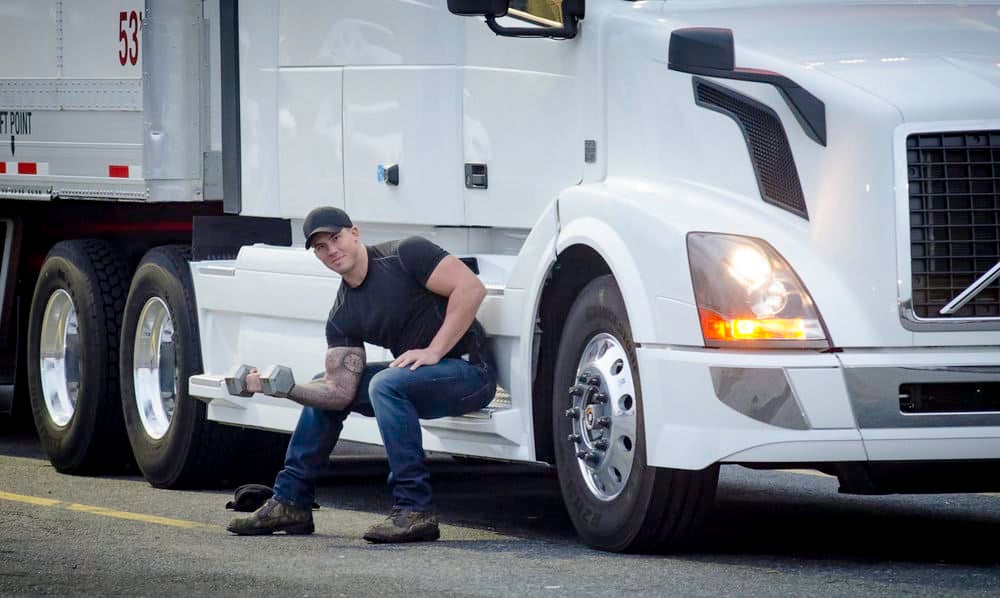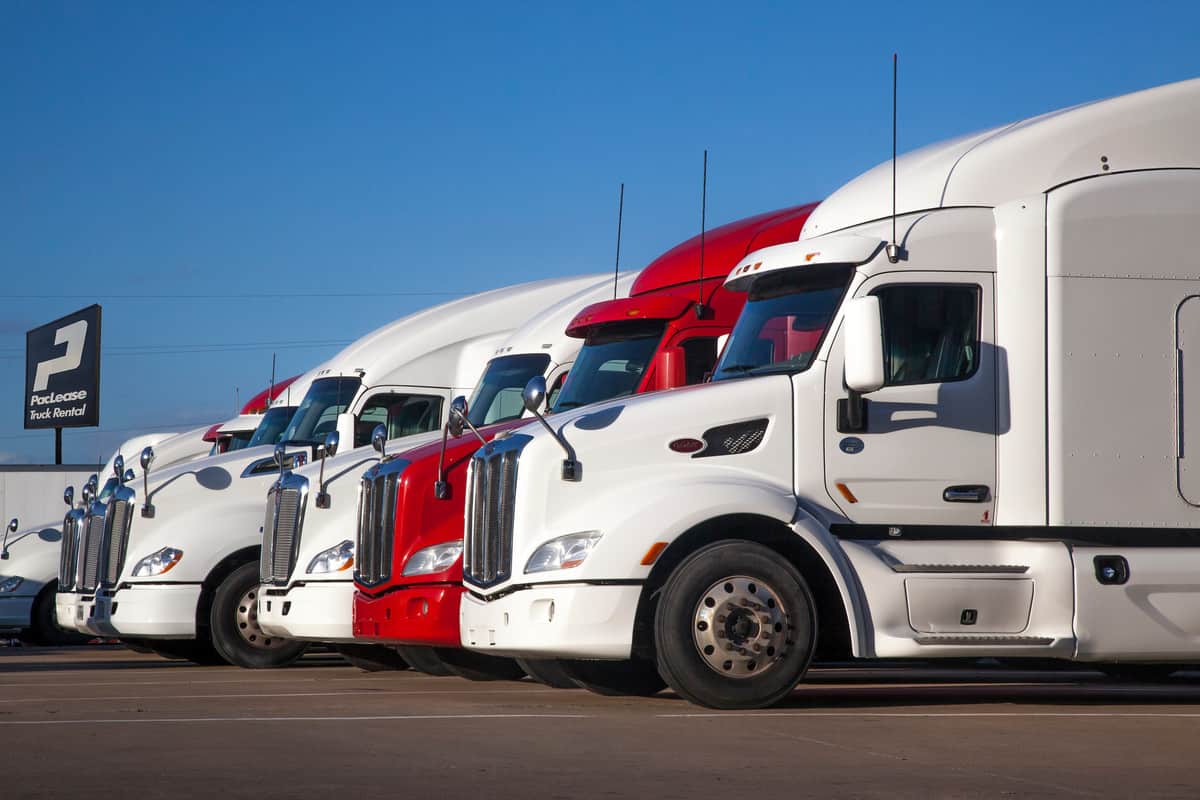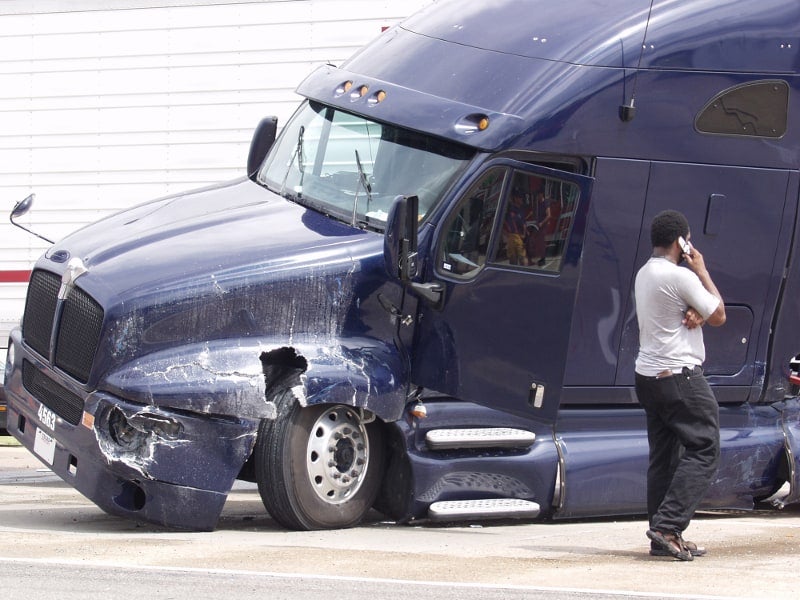2019 will be remembered as a really tough year for trucking companies. As a whole, the industry did not generate a profit. Largely, this was caused by too much capacity added to the market in 2017 and 2018, after which (2019) the freight market slowed down.
Depressed spot rates and pressure from shippers to move freight to cheaper carriers created a ceiling on contract rates in 2019 and caused spot rates to trade near the market floor. All of this combined with the fact that carrier costs jumped double digits in most categories compared with the last freight recession of 2016. Driver wages, equipment and insurance costs have all seen drastic increases in just two years.
Some asset-based carriers talked about 30% driver wage increases and still were struggling to find and keep drivers.

To an outsider, trucking sounds like a brutal and unforgiving industry, where only the strong survive. To an insider, the situation offers hope. Amit Mehrotra, transportation analyst at Deutsche Bank called trucking “the most cyclical industry on the planet.” I tend to agree and struggle to find an industry where the booms are as dramatic as the busts.
The cyclical nature of the trucking industry operates more like a circus wheel, where the market is constantly in motion up or down. Earlier this year, large enterprise trucking executives talked about how optimistic they were about 2019. Most of them failed to meet their forecasts. In recent weeks, Knight-Swift, the largest operator, pre-released that it was going to miss its quarterly earnings and described the outlook for 2020 as “murky.”
Mainstream media has also caught on. The never-ending cycle of bad news and bankruptcies have made most Americans realize that the industry is hurting and in bad economic shape. The truck manufacturers have laid people off and talked about tough conditions due to order cancellations. This, in turn, will keep truck manufacturers from building too many trucks and dealers and lenders from offering generous terms to move trucks out of inventory.

(Photo credit: Paccar Inc.)
All of this is very positive for the industry. Now that the bellwethers of the industry have capitulated and Main Street has become aware of how tough the trucking industry is, banks will start to get shaky and tighten up their underwriting facilities.
We also heard that one of the major truckstop chains has cut off hundreds of small fleets from direct bill credit accounts, out of fear of a credit crunch in the new year. Fuel is a low margin business and no truckstop wants to take a bath when carriers abruptly shutdown.

And don’t leave the insurance carriers out of the mix. If there is anything that is going to purge capacity, it is the insurance carriers. Nuclear verdicts are top of mind. Jury awards are getting bigger and only a handful of insurance carriers are brave enough to underwrite a trucking company.
When carriers see their policy quotes in 2020, they will find double digit increases in most of their primary coverages and much higher umbrella coverages. The cost is only half the story. Finding coverage will be a battle for many, especially carriers that haven’t run a tight ship.

With the Drug and Alcohol Clearing House coming online January 6th, carriers must do a lookup on a driver if they choose to hire him. A driver’s drug and alcohol incident history will become public record. Basically, any violations that the driver has had will become recorded in the Clearing House.
Add this to the fact that the FMCSA updated its policy on random substance testing to 50% of drivers employed, it means that the chances of a driver with an alcohol or drug problem getting caught just increased dramatically.
In the past, carriers may not have had access to this information or found ways to ignore it. No longer. The information is public record and a driver that has a history of violations will find it nearly impossible to gain employment in the trucking industry.
Insurance companies will be the enforcement mechanism for compliance. They will mandate that carriers have strict policies and criteria regarding hiring drivers. No insurance company wants to get stuck with paying a court settlement by insuring a carrier that has a history of hiring drivers with violations in the Clearing House. In many ways, the Clearing House will become a “no drive” list for the industry.
Even if a carrier that has a spotty safety history is able to find insurance, it will find insurance policies prohibitively expensive.
All of this is positive for trucking carriers. Insurance companies will keep the riff-raff out of the industry, which will purge a great deal of capacity.
The spot market will once again heat up as shippers scramble for capacity. Rates will accelerate.
This time around we won’t see an instant correction with capacity coming back quickly. Bank lenders, freshly burned from 2019 and obsessed with mitigating their exposure to trucking companies, will be reluctant to provide financing.
And large asset-based carriers, watching AB5 and other nutty policies from state governments that mitigate how carriers classify their contractors, will largely stay away from building larger independent contractor pools.
Trucking will feel much like the Baylor Bears under Matt Rhule. Two years ago, Baylor won one game the entire season. This year, the Bears lost to one team (Oklahoma) and will play the University of Georgia in the Sugar Bowl. That is how 2020 will finish up for the larger enterprise carriers.











